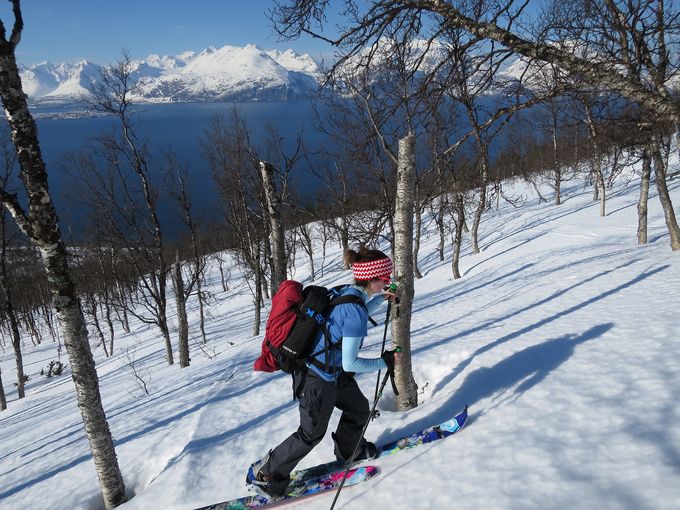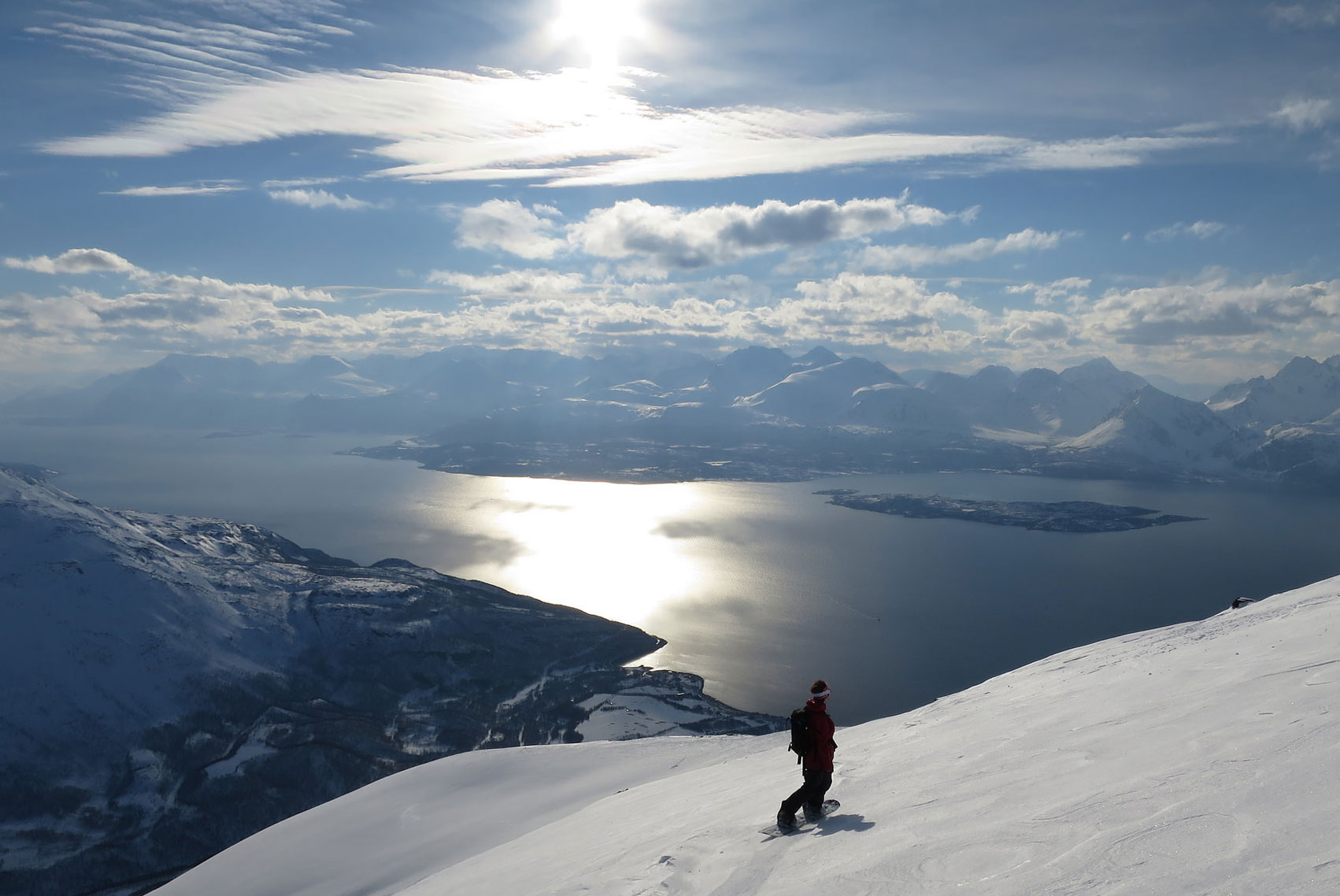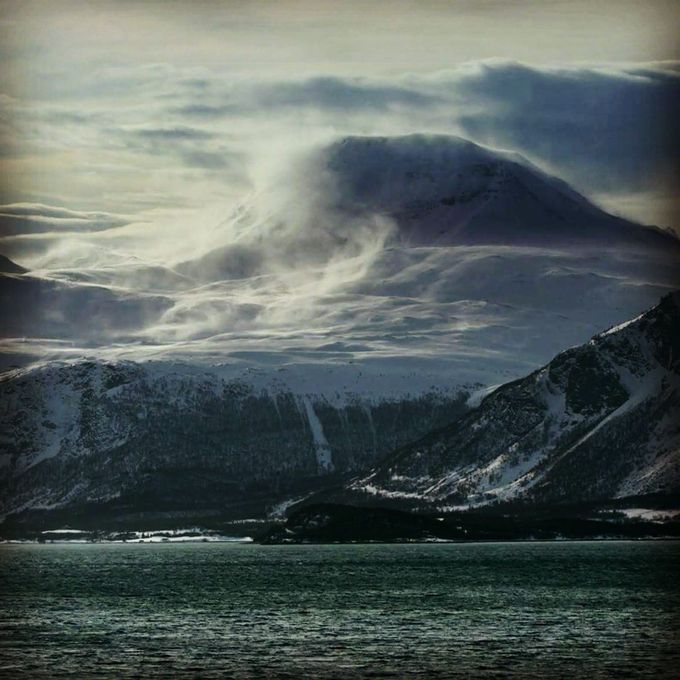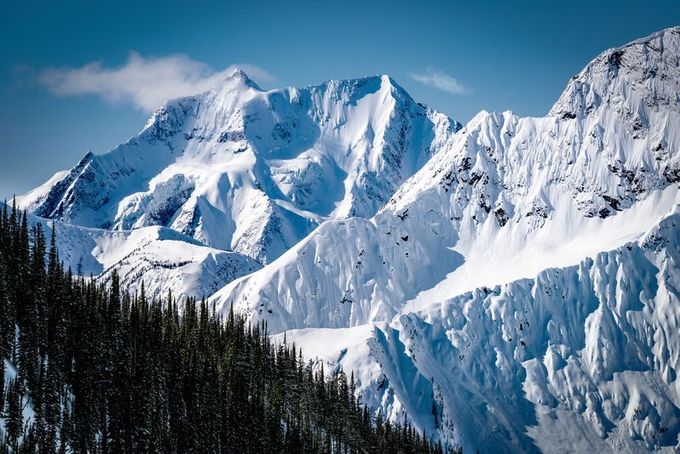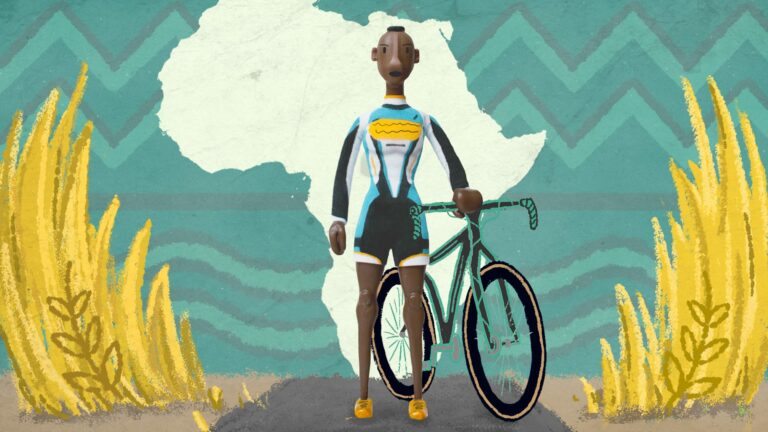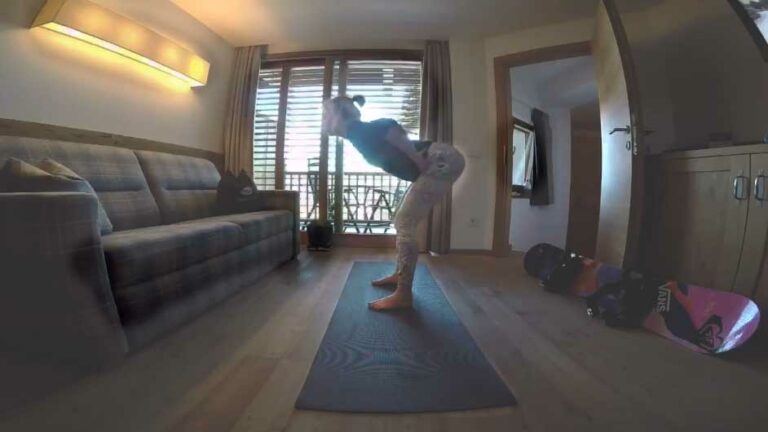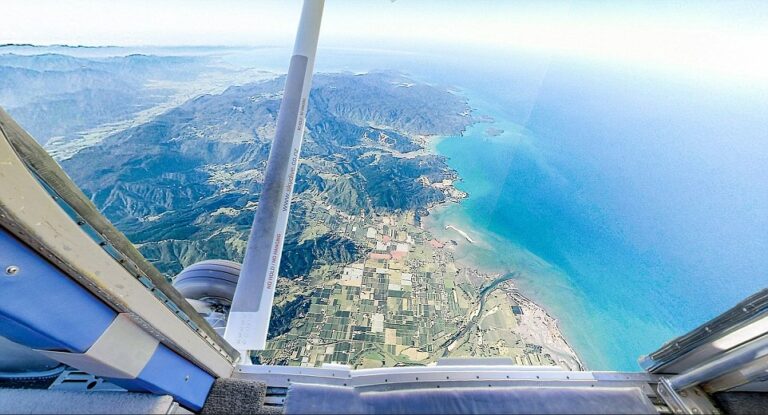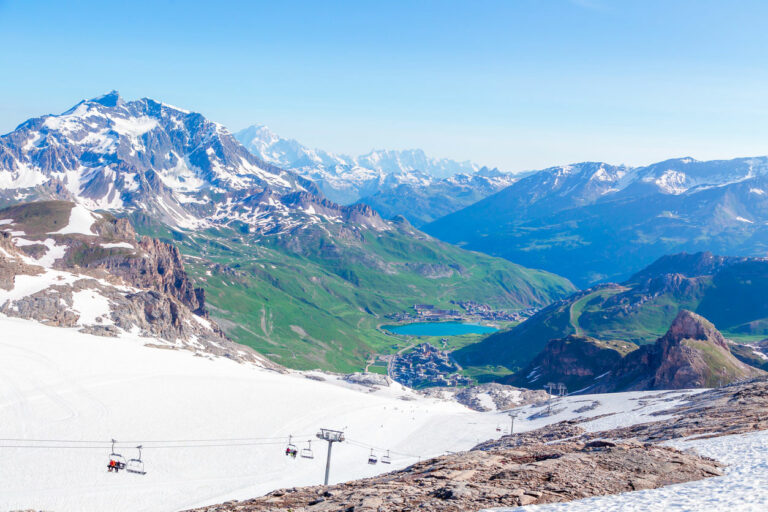Words by Sam Haddad | Photography by Mikal Nerberg
I’m snowboarding in a place so beautiful it’s making my head spin. And I know that isn’t to do with the altitude, as the highest I’ve ridden all week is 1,251m, lower than most lifts in the European Alps.
My trip isn’t to a regular ski resort. I’m in the Lyngen Alps, high in the Arctic Circle, surrounded by bright white snowy peaks, which I’m cruising down while gazing at the deep blue fjord snaking through the valley below.
“There are no ski lifts, every turn I take I’ve earned by hiking up the mountain…”
To further add to the ethereal experience of the place, there are no ski lifts, every turn I take I’ve earned by hiking up the mountain on my splitboard – a snowboard which splits in two so you can tour uphill like a skier.
I’ve seen sea eagles, a white hare, elder trees with their bark stripped by elks, and, while up the mountain, just four people for about forty seconds as they whizzed past on their way down from the summit to the sea. I’ve heard no cars; seen no planes. One night I saw the Northern Lights. Lyngen is like nowhere I’ve ever been, and the closest I’ve come to being in the wilderness.



